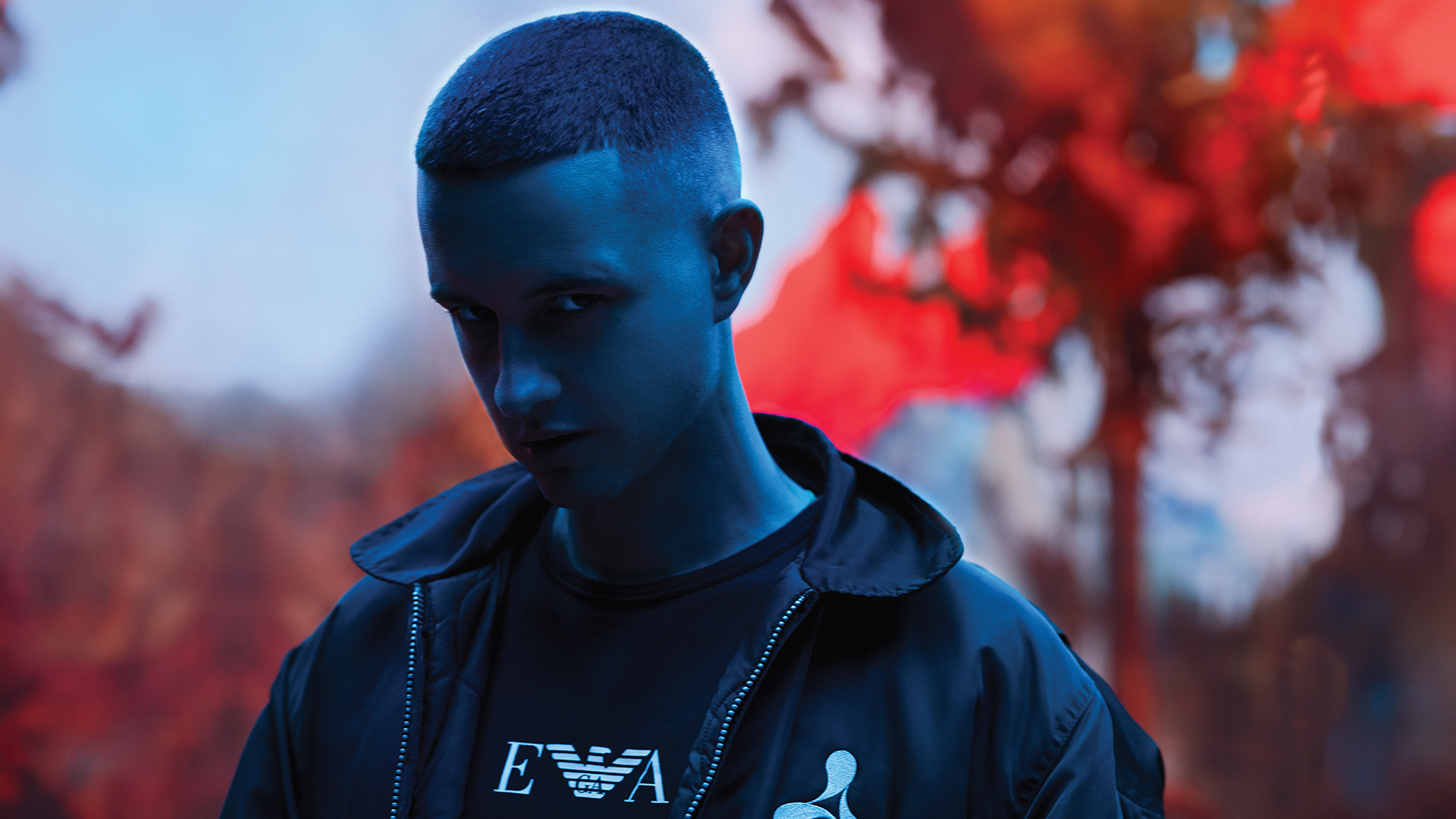
Grow up in Ellesmere Port, near Liverpool, electronic producer Joshua Leary has a story to tell that’s both inspiring and cautionary.
After posting tracks from his debut mixtape, Kings and Them in 2011, Leary signed to Tri Angle records, resulting in its full release and the ensuing debut EP, Duga-3. However, within months Kanye West reached out to the then 23-year-old requesting beats for his upcoming album, Yeezus, at which point Leary was flown to Paris to work with the acclaimed producer and other seminal industry types.
Despite working day and night to produce material for the LP, Leary felt a strong sense of imposter syndrome, and when the ensuing hype became too much to bear, he opted out of the industry to focus on creating AV effects for festivals and live venues, including his highly successful TranceParty events.
While continuing to secretly hone his productions, Leary has only now felt confident enough to restore his Evian Christ moniker and release his debut album Revanchist – a lush yet abstract amalgamation of mangled electronics and early trance music influences.
Your father was a trance DJ. How did he influence you?
“My dad was into keyboards and synths when he was a teenager and was really into Human League and Kraftwerk before he got into dance music in the ’90s. He DJed in bars and cafes and was into the era of Roland grooveboxes like the MC-505, had a Roland JP-8000 and was trying to figure out DAWs.
“I was only 11 or 12, but I’d go to his place at the weekend, load up a supersaw preset and try to figure out different tunes or learn how to put the kick on the one and the five and make a beat. Even if it was a rudimentary representation, that gave me some exposure into how electronic music was made.”
At what point did you take the next step and start producing properly?
“By the time I was 19, I’d moved in with my stepdad who was a DJ and had a room covered in flyers. He had 1210s, a ton of vinyl and would drive around in a bright yellow Fiat Cooper and listen to Essential Mix [laughs], but he was a big inspiration because that’s when I started to really like trance music.
“He also had a decent desktop computer with software called Dance eJay where you could drop loops, do arrangements and export music videos. It was like playing a game, but I’d spend ages trying all of the different combinations of loops. When I started listening to music in the car, I’d visualise it as blocks of sound and I don’t think I’d be making music today without that exposure to DJing, production and electronic music.”
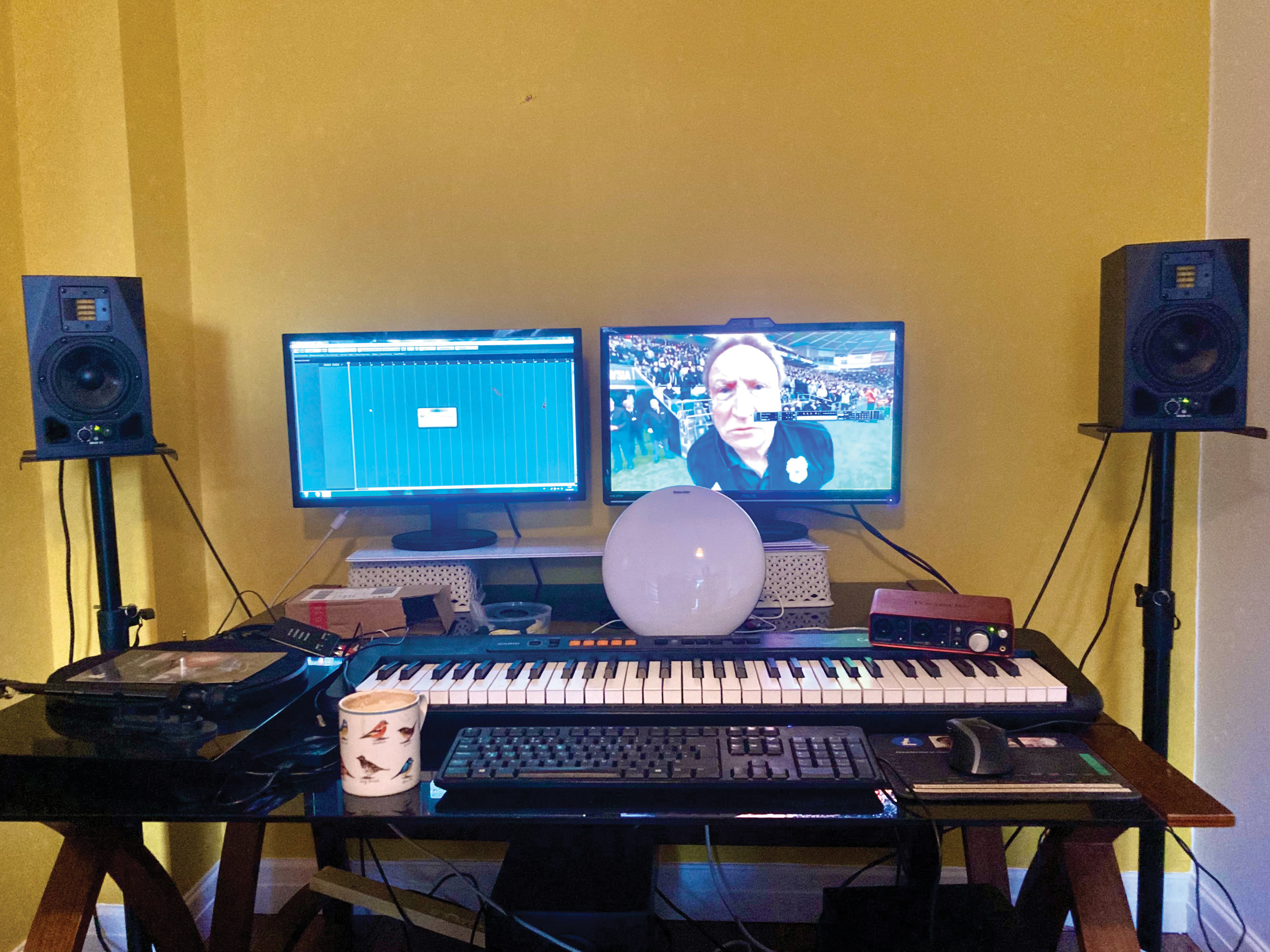
Despite your love for trance, your early EP releases showed no real connection to that type of music…
“I went to school and would listen to what other people were listening to and was still into the old trance stuff, but I remember getting Sky for the first time and it had all these music channels like MTV Base.
“I started to like rap and R&B because the production was really interesting and the videos were glossy and expensive. I’d flip through channels like MTV2 or Clubland TV and hear some crazy Neptunes-produced song or cool indie thing, so by the time I was releasing my early stuff I was really into rap, hip hop and other electronic music.
“I loved MySpace and used it in the same way that the Spotify algorithms work nowadays, clicking from friend to friend to see what music they liked. Through that, I stumbled on Lukid who was my gateway into electronic music.”
How did he help you?
“He introduced me to lots of different types of ambient, techno and house music and guided my early attempts to make electronic music. I’d ask him how an EQ works, what compression does and send him bits of terrible music I’d tried to make and he’d be very patient. He used to do radio streams that had a chat room, so I’d be in there with a few other people who also ended up making music. Actress would pop in sometimes.”
You’ve spoken before about working with Kanye West, which was obviously an amazing opportunity, but there was evidently a downside to that…
“What people don’t appreciate is that those early sessions I spent with Kanye in Paris were the first time I’d ever been in a studio. I’d been making music in my mum’s garage when I got the call and was put into an environment with producers like Noah Goldstein, Mike Dean and Kanye who are absolute pros. They were great with me, but I didn’t know how a compressor worked or how to use any software other than Cubase. I didn’t even understand MIDI.
The whole thing came way too early for me, but I wasn’t going to let the chance pass
“The whole thing came way too early for me, but I wasn’t going to let the chance pass so I’d make beats for them constantly and give them 40 or 50 versions of something. I had good ideas, but didn’t have the knowledge to execute them and was reliant on Noah to dress some of them up for me. Thankfully, my contributions made it onto the record and that put me in a place where I became a hyped-up name for a brief period.”
Following that experience and a few EP releases, why did you choose to step away from the industry?
“I was still getting placements and everything was going fine on the outside, but I was spending a lot of time in the US being dragged around to all these sessions and it always felt like I was the least proficient person in the room. I wasn’t enjoying it and wasn’t feeling good about my own music either. There was a lot of pressure, so I eventually thought I needed to go away, develop some skills and come back, and if that was too late, then so be it.”
Is that when you switched your focus to curating your TranceParty club nights?
“I got really into doing big AV shows and understanding how back projection and lighting effects operate – not just in terms of time coding, but strong ideas about how lighting should work with certain songs, working with David Rudnick who’s a celebrated graphic designer.
“I was pretty successful at doing that for festivals, but TranceParty is basically just a club night where I put together strange combinations of artists that make sense in my head and apply what I learnt about strobe lighting, lasers and smoke machines. It was an outlet for me; anything other than releasing music.”
Were you still recording then?
“I was listening to other people’s records and thinking, I wish I could make music like that, and still experimenting and making stuff myself, but keeping it simple and not even finishing it. Eventually, I felt that I was starting to become a more proficient producer, so the big question was, what did that boil down to? I’d also started listening to trance music again, as that had been the first style of music I’d fallen in love with.”
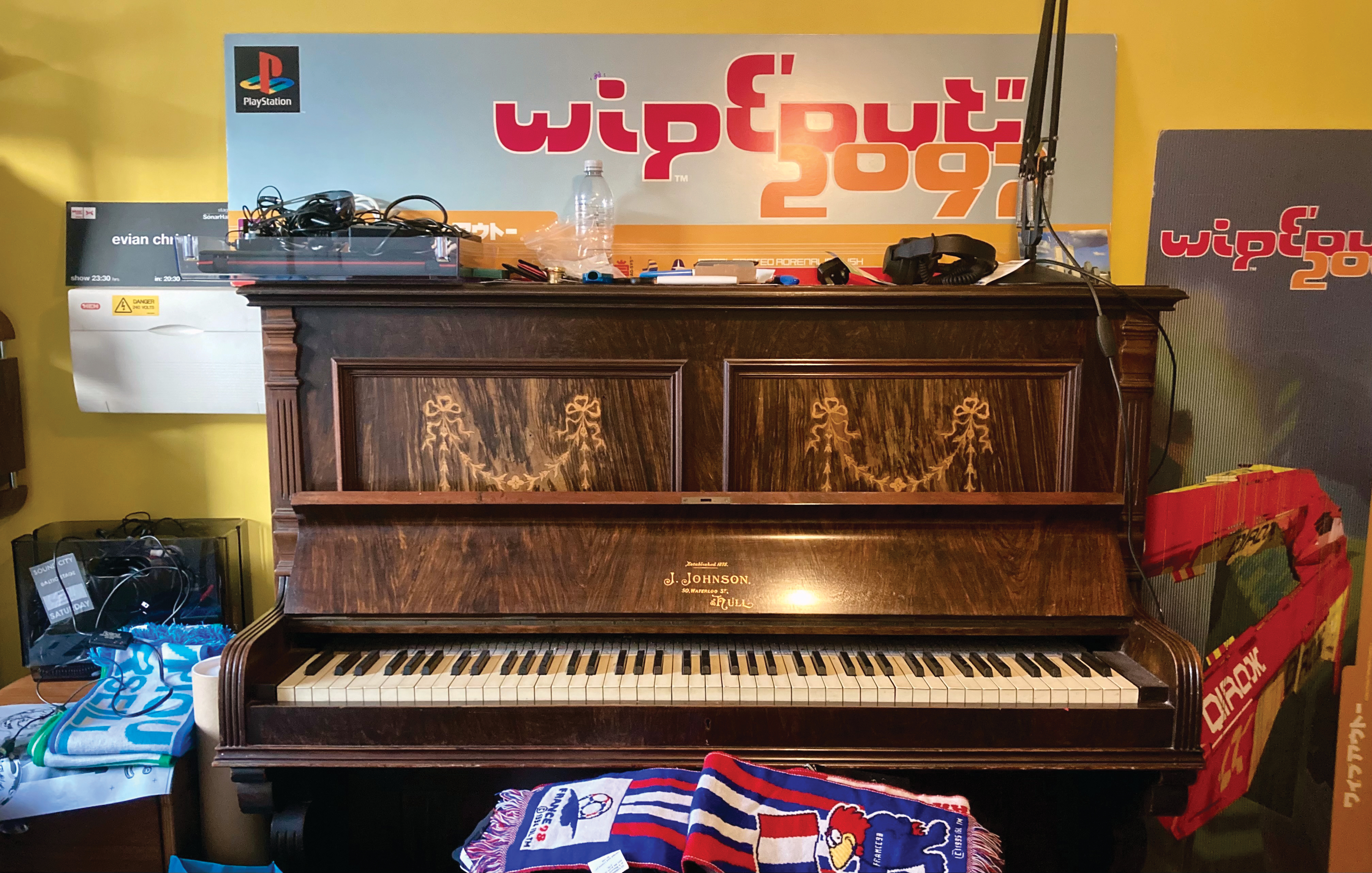
Would it be fair to say that your debut album, Revanchist, is no ordinary trance-influenced record?
“My instincts are too maximal to play functional club music – I just want to throw layers at stuff, distort everything and make it sound more sublime than euphoric. To me, the ‘hands in the air’ aspect of trance is more like an abyss. I became obsessed with trance builds and breakdowns, jamming on top of them with my JP-8000 and building soundscapes.
“Those processes led to most of the music on the record, some of which literally come from 2014, although I’ve obviously upgraded it over the years and given it a bit of a punch. The album’s a bit like my greatest hits, but I think it’s cool that you can drop something nine years later and it doesn’t have to sound dated at all.”
There’s a big polarity between your use of ambient and crushing sounds. Are these techniques employed to create a heightened emotional connection that’s different to the standard trance ‘drop’?
“When I started listening to trance, I felt it was pleasant but I wanted more grit. I started to get into hard trance, Thunderdome-style hardcore techno and even Current Value drum and bass stuff, but it still lacked this mix of ambient and heavy emotion that I wanted to make. I remember seeing Ben Frost play and it was a whole different vibe to listening to Tiësto in a Toyota MR2.
“I’m shooting for the sublime feeling of it being the end of the world or looking out to sea and not being able to make out where the horizon is. There’s a massive oil refinery called Stanlow near where I live and I like the feeling of being from a small town and looking out at this gigantic mechanical thing with pipes everywhere and a big flame at the top. You feel so small looking at it and I like it when music is so big that it makes you feel small and washes over you.”
How did you transmute those emotions into sounds for your debut album, Revanchist?
“When I make dance music, I’ll create something that feels exciting or exhilarating but I’m always thinking about how I can make it sound even more like that. For example, what if I double up a synth, run stuff through different chains of compression or aggressively EQ a sound further and further down the frequency spectrum and slam it into a limiter until it meshes together. The process is very freeform and I suppose I have a tendency towards the extreme, whether it’s density, emotion or quiet.
“There’s a part of the track Nobody Else that just fades away and has a Balearic pad breakdown but it’s so quiet that if you played it in a set you would lose people. Another dance producer would keep a hi-hat going, but I want the most minimal thing possible so that when it goes maximal it feels like the loudest thing in the world. It’s a bit of an obvious trick, so I try not to do it too much.”
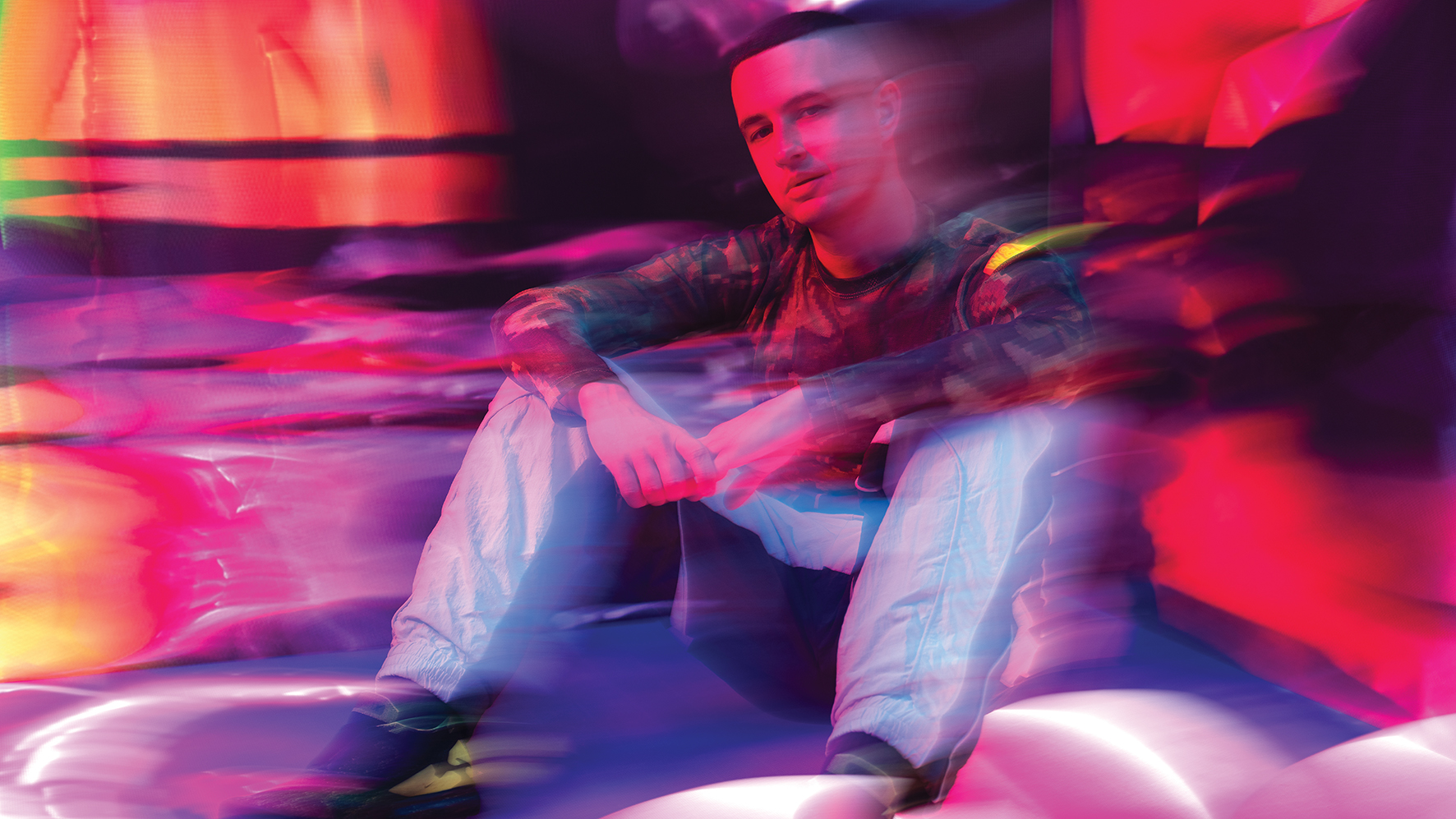
There are no ‘drops’ on the album. Instead, you tease them and seem to play with the emotions of the listener by building up that expectation…
“I feel like there is a drop but it’s not a functional 4/4 or kick-based drop. On a track called The Beach, there’s a build but it resolves as this big arpeggiator-type thing. You’re right that it sounds unfamiliar because if the kick drum doesn’t come in after the build then no one’s going to play the song and I get that, but that’s not the purpose of the music. For me, a track doesn’t have to resolve in a traditional way for it to be complete or stirring.
If you take all the drums out, there’s more space for other synths, harmony, massive delays or big reverbs and choirs
“Basically, if you take all the drums out, there’s more space for other synths, harmony, massive delays or big reverbs and choirs. I was chatting to Lange, who’s this big trance guy, and he told me that he completely gets it. I’m taking influences from trance music but trying to make Thomas Newman-style film soundtracks with sublime strings and choirs, then putting a massive trance thing over the top without ever bothering with the kick drum part.”
You’ve covered the track Silence, which was a late ’90s trance classic. Were you familiar with Delerium’s original track from their album Karma?
“I first knew of Silence from the Tiësto remix with Sarah McLachlan in 2002. When I got older, I realised that this powerful track was a cover version of a Delerium song and that their music was almost new-age ambient. I conceived the track in 2015, recording it with a young soprano called Daniel Blaze but I didn’t want to resolve it with a big kick drum and have it be all hands in the air. I wanted to make it sound more like the end of the earth.”
Are you still a Cubase user?
“I still use Cubase 6 from 2011 and currently use a £50 Casiotone CT-S100 that I got from Argos, but it’s not as if I’m Vangelis. I also have an Elektron Octatrack, three Akai MPCs, two Roland JV-880s, my dad’s MC-505 and a piano that I can’t play very well. I use ADAM A5X speakers, which are not properly tuned for the room and I’ve made that worse by adding a sub.
I still use Cubase 6 from 2011 and currently use a £50 Casiotone CT-S100 that I got from Argos
“I mainly use stock Cubase 6 plugins alongside one or two obvious VSTs like Dune 2 and Omnisphere, but I do know how to use them. For granular stuff, I use this really rudimentary standalone VST called Atomic Cloud where you press record, dump whatever you want into it and it spits out a file. Beyond that, I have a couple of free reverb plugins but not much else.”
Despite your limited use of gear, the music still sounds very lush and technical…
“Maybe that goes to show that you can get good results without using much. My file management is really bad though. I work off a big PC tower that I built in 2013 and my project, source files and backups are such as mess and so strewn across it that I can’t really play anything. I’m trapped inside my own hoarding of half-finished ideas.”
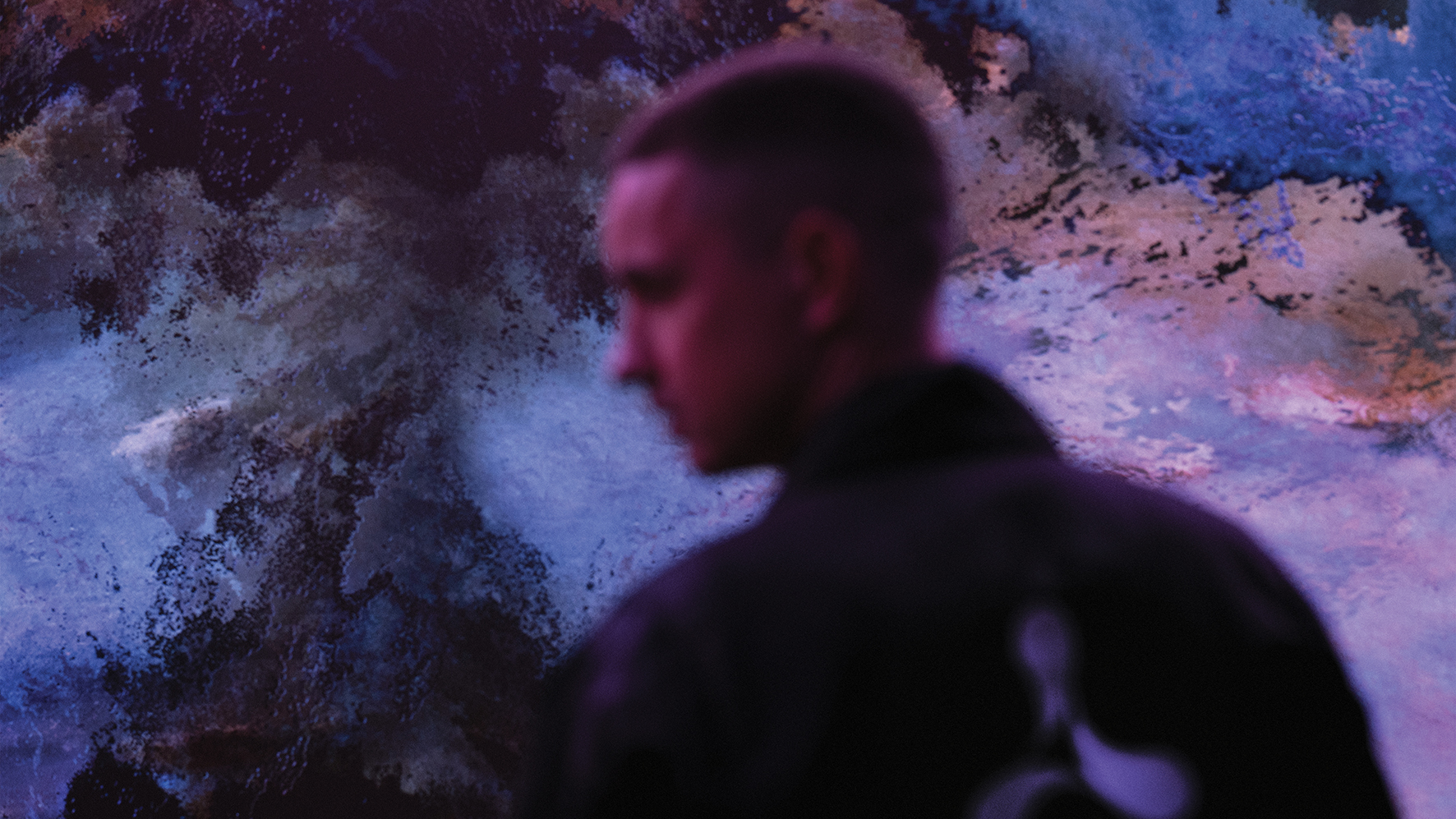
Is that a matter of laziness or do you just feel comfort in familiarity?
“I don’t want to update Windows or get a new version of Cubase, I just want to sit down, turn my computer on and start writing – so although I’m joking about it, part of that is a conscious decision. I already struggle with the amount of options I have, if I was working in Ableton and had every plugin under the sun I would never finish a song.
“A big part of my process is writing in this crazy room full of PlayStation memorabilia with bright yellow walls. The more serious work is done in a proper studio with my friend Chris Pawlusek, who helped mix the album.”
Will we have to wait another decade for you to release more music?
“If I do come back in a decade then hopefully all the DSPs will have gone bankrupt and the music industry will be back to how it used to be when Spotify didn’t exist. But honestly, I just wanted to keep developing myself. I’ll never be prolific, but I’m back for good for as long as people are interested.”







